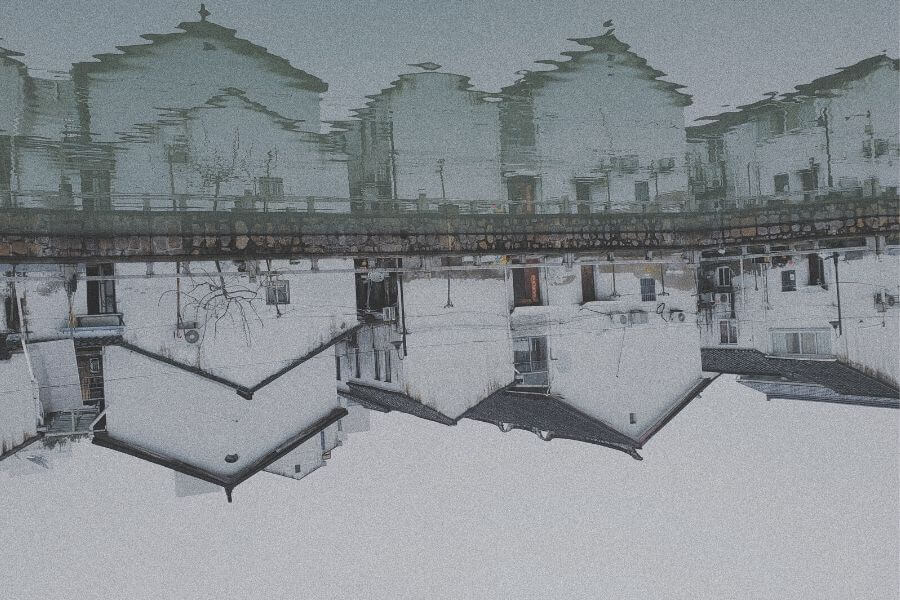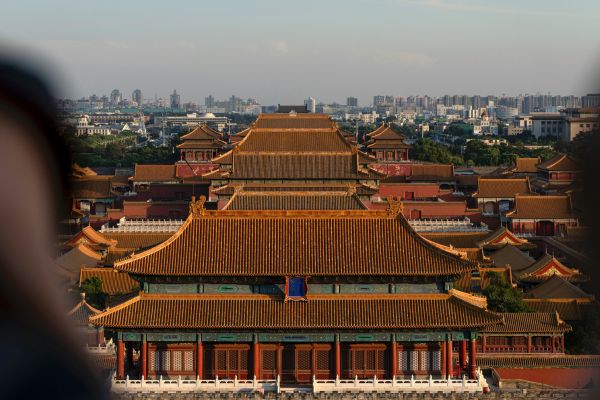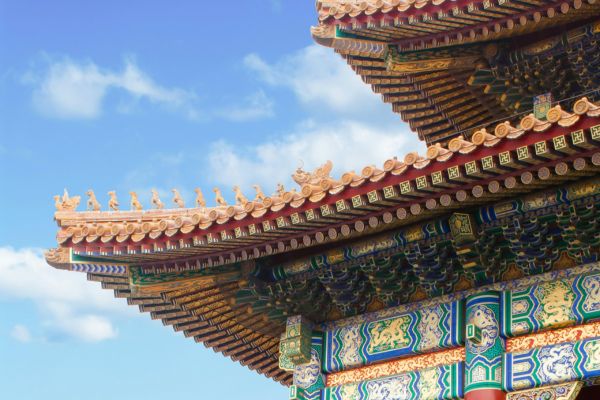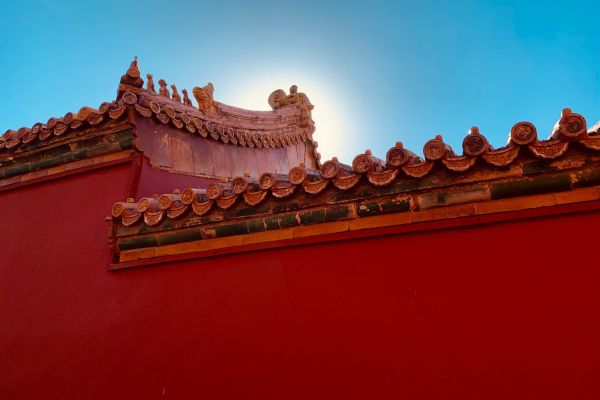
“The burden of proof lies with the party asserting a proposition”(谁主张,谁举证) is a primary rule in the judicial proceedings. However, there are only limited ways for the parties to collect evidence. Therefore, China has established a series of mechanism on laws and practices that helps the parties to collect and preserve evidence, especially those which are difficult to obtain.
These mechanisms include, inter alia, the evidence investigation, and collection by courts, the evidence preservation, the evidence presentation order. This post is about the investigation and collection of evidence by courts.
I. What evidence can be investigated and collected by the court
When the evidence is held by a third party, especially the relevant government departments, and is difficult for the parties to obtain, the parties can apply to the court for evidence investigation and collection. In practice, some typical examples of this kind of evidence include:
1. Data kept by government departments. For example, the land and housing registration files, the complete company files kept by the company registration authority, and the administrative approval documents not made publicly available.
2. Files and materials of other related cases under the possession of the court.
3. Deposit and withdrawal slips and transaction records held by financial institutions. As a traditional financial institution, banks are the main target from which the court collects evidence. With the rapid growth of mobile payment in China, third-party payment platforms, such as WeChat and Alipay, also face a large number of requests for evidence collection. These two most popular platforms have already launched Judicial Assistance Guides respectively, formulating supporting process and arranging dedicated personnel to cooperate with the court in evidence investigation and collection.
4. Other types of evidence involving state secrets, business secrets, or personal privacy. For example, records of goods received and shipped by ports and shipping companies (not parties to the case), personal travel, and communication records.
In addition to the application by the parties, the court can investigate and collect evidence ex officio under specific circumstances, typically when the evidence per se may damage the national interests and social public interests, or when the parties are suspected of malicious collusion to damage the legitimate rights and interests of others. However, in practice, it is rare that the court takes the initiative to collect evidence; in most cases, the court will only do so by the application of the parties.
Furthermore, if the evidence is controlled by the other party, the party concerned may also apply to the court for an evidence presentation order, ordering the other party to present evidence.
II. How to apply to the court for evidence investigation and collection
The parties shall submit an application to the court prior to the expiration of the time limit for presenting evidence, specifying the particulars of the person being investigated, the to-be-collected evidence and the to-be-proved facts, as well as providing clear clues thereof (such as the bank account number, the possible location of the evidence and other information).
III. How does the court investigate and collect evidence
First of all, the application needs to be approved by the court. In reviewing such applications, the court will mainly consider:
(1) Whether the evidence in question is really impossible for the parties to collect for objective reasons.
(2) Whether the evidence in question is related to and significant for the to-be-proved facts.
If the disapproval of such application results in the relevant judgment being reversed by the court at a higher level for unclear fact-finding, the judge concerned will suffer from an adverse impact in terms of his/her performance appraisal. Therefore, most judges will take seriously the parties’ application for evidence investigation and collection.
If the court allows the application, it shall assign at least two court personnel to the person being investigated for evidence collection, generally on-site, and the court personnel shall strictly preserve the evidence and record the collecting process. In the court trial, such evidence shall be displayed to the parties concerned for examination. The court has the authority to impose a fine on the person being investigated or even detain the relevant person in charge if they refuse to cooperate with or obstruct the evidence collection.
Due to the lack of resources and personnel, and in order to improve the efficiency of evidence collection, the “Lawyer Investigation Order” (律师调查令) has come into being in the judicial practice. In this regard, after the parties apply to the court for evidence collection, the court may issue an investigation order, with which the lawyer is authorized to collect evidence from the person being investigated. This means that the court authorizes part of the investigation power to the attorney of the party concerned, which facilitates the evidence collection of the party concerned or the attorney.
The Lawyer Investigation Order has been quite common in the practice of courts in various regions. Courts in Guangdong Province, Tianjin Municipality, Chongqing Municipality, and other places have also issued relevant guidelines of the investigation order, providing for its issuance, the scope of the investigation, the cooperation obligations of the person being investigated, etc. However, this system is still in the exploratory and trial stage, and is in want of unified provisions applicable nationwide. In practice, some persons being investigated will disregard the Lawyer Investigation Order and require the court personnel to be present in person for evidence investigation and collection.
IV. The probative force of the evidence collected by courts
The evidence collected by courts shall be deemed as the evidence submitted by the applicant, and shall still be subject to the evidence examination procedure. The evidence collected by courts ex officio generally needs to be presented during the court trial. The court shall give explanations on the evidence collection and consider opinions of both parties on the probative force.
It is worth noting that the application for evidence collection by the court can only serve as a complement to the presentation of evidence by the parties themselves, and it does not work all the time. If the application is dismissed, the parties still need to bear the adverse consequences arising out of failure to present evidence. Therefore, both the plaintiff and the defendant should properly maintain operation documents and materials in their daily work, and try their best to collect the evidence at hand in case of litigation, rather than relying on the court for evidence collection.
Cover Photo by 汪 南星(https://unsplash.com/@wangyir) on Unsplash
Contributors: Chenyang Zhang 张辰扬 , Yue Wu 武悦




